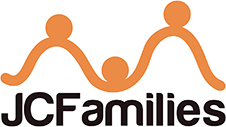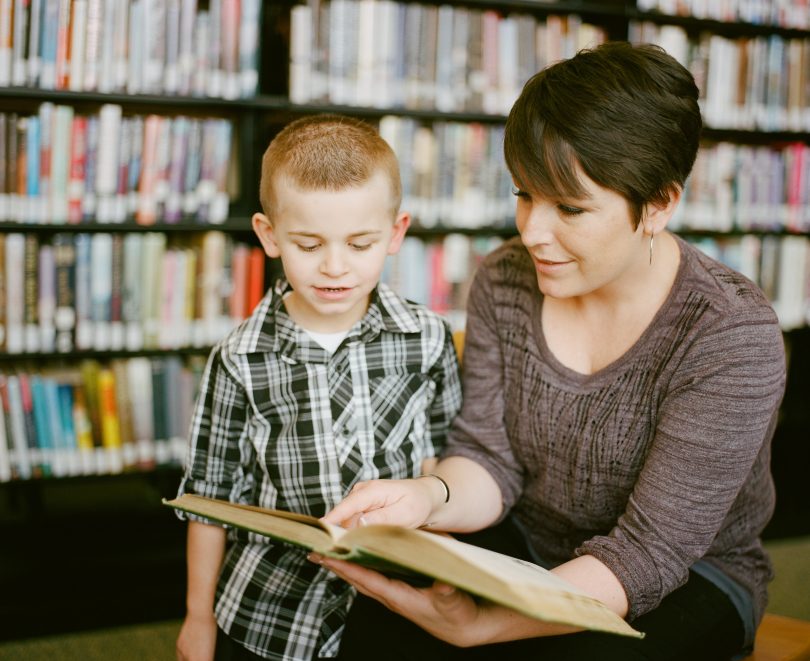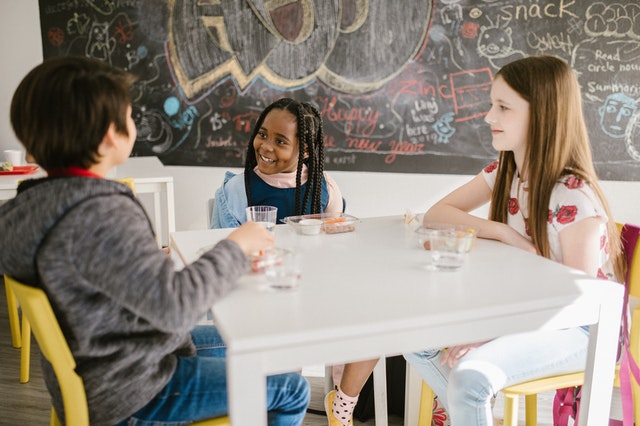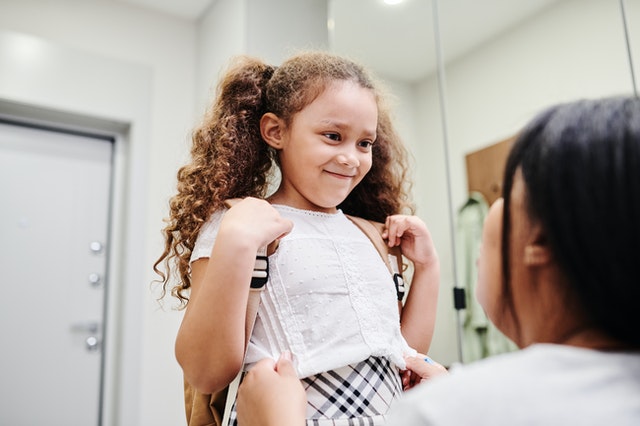What Kids Need To Know About Human Body Composition
To most kids, the structure of the human body is nothing more than its physical appearance. They know about the hands, the legs, the mouth, the hair, and probably the eyes and ears. They see the outside and don’t understand much about the components on the inside or the purpose of any of those components. If you are a parent or a teacher, therefore, it is your job to help your kids understand the human body composition, without confusing their young minds.
Teaching your kids about the human body composition starts with letting them buy levitra online with mastercard know that each body is different; our bodies are unique and they all have unique needs. Explain to them that although two people could have common inherited traits and look alike on the outside, they are completely different on the inside. Help the young mind understand that people could weigh the same, have equal heights, be of the same age, or share the same gender, but be very different on the inside. Lastly, explain to them how our age, genetics, eating habits, and exercise routines affect the fat to muscle ratio in our bodies.
You now have a good foundation to build on and explain the human body composition to the kids. Go ahead and explain to them that the human body is made up of 5 fundamental components and that each of the components plays a critical role in how our bodies function. The components include:
The internal organs
Please note that young primary school kids might have no clue that internal bodily organs exist. It is, therefore, important that you start by asking them to explain to you what they think the contents of the body are. Don’t get worked up if they give answers such as food, water, poop, urine, or blood. Those are basically the things they have seen going in or out of the body, so they are right to a greater extent. Build on that knowledge and start explaining the easily recognizable internal organs, making sure that you tell the kids what each organ does in the language and terminology they understand best. Try as much as possible to avoid using heavy jargon lest you get the kids bored and disinterested. Here are some of the internal organs to discuss:
The brain
The kids will be curious to know where the brain is located, so be sure to mention that it is located somewhere inside the head; within the skull. At their level, they only need to know that the main functions of the brain include memory storage, control of emotions, elaboration of thought, and muscle control. Mention that this organ helps them think.
The liver
Mention to the kids that the liver is located within the abdominal cavity and that it is the organ responsible for regulating the levels of glucose in the blood. Let them know how a healthy liver helps them fight diabetes.
The heart
The kids need to know that the heart is the organ responsible for the pumping of blood throughout the body. Now would be a good time to explain that blood is distributed in our bodies through small pipes known as the blood vessels.
The lungs
The lungs are responsible for the provision of oxygen to the bloodstream. It does that by exhaling carbon dioxide and retaining oxygen from the air we inhale. The kids should also know that these cone-shaped structures are located in the chest cavity.
The bladder
This is the organ responsible for the storage and release of urine. The kid should also know that the organ is located in the pelvic cavity.
The stomach
Most kids will tell you that the stomach is the part of the body that “feels hungry”. It is best that you take it from there and explain why this organ feels hungry. Tell the kid how the stomach produces gastric juices, how it breaks down food, and how it digests it into a thin liquid.
The kidneys
The function of these two bean-shaped organs is to excrete waste products (mostly poop) and excess fluids (mostly urine). The kid should also know that when we excrete, the chemical balance in our bodies is maintained.
Bones
Although the bones have many functions, the kids only need to know that bones keep our internal organs intact and safe from external interference. They also help us move, support the body structurally, and store important minerals such as calcium.
Muscles
Kids need to know that muscles are attached to the internal organs, bones, and blood vessels and that their key role is to help our bodies move around joints.
Fats
Fats are distributed all over the body. They keep the body warm, help it absorb important nutrients, support cell growth, provide energy, and produce important hormones.
The skin
Kids know what the skin is, only that they aren’t sure why they have it. Tell them that this organ is the wall that keeps the internal organs safe from harmful elements from the outside world. It keeps moisture, heat, cold, toxic substances, and germs at bay.
After explaining the human body composition, remember to mention that eating healthy and exercising regularly strengthens the muscles and bones. The internal organs work best when the muscles, skin, and bones are healthy and strong. Do add that healthy eating does not only benefit optimal functioning of the internal organs, and clearer skin, but also thick and shiny hair. Hair can always be a good indicator of the quality of health, and a poor diet in nutrients and a stress-induced lifestyle can as well as lead to hair loss.
Don’t conclude the lesson without mentioning that as much as dietary fats are necessary, the body doesn’t function maximally when we store extra fat. Encourage them to be shedding some of it through regular exercise.







